from the shape of the house, which is like a vaguely circular blob, with a separate and smaller vaguely circular blob attached to one end of it, linked by an internal doorway.
from the shape of the house, which is like a vaguely circular blob, with a separate and smaller vaguely circular blob attached to one end of it, linked by an internal doorway.
The houses had been built by excavating a floor level well below the surrounding sand, and building up a double layer of dry stone walling, with the gaps between the walls filled with turf, clay, sand and midden. The walls all stood to their full height and undisturbed floor deposits remained in the houses, beneath the preserving infill of sand. The houses were believed to date back to the second half of the first Millennium, ie the centuries after 500AD.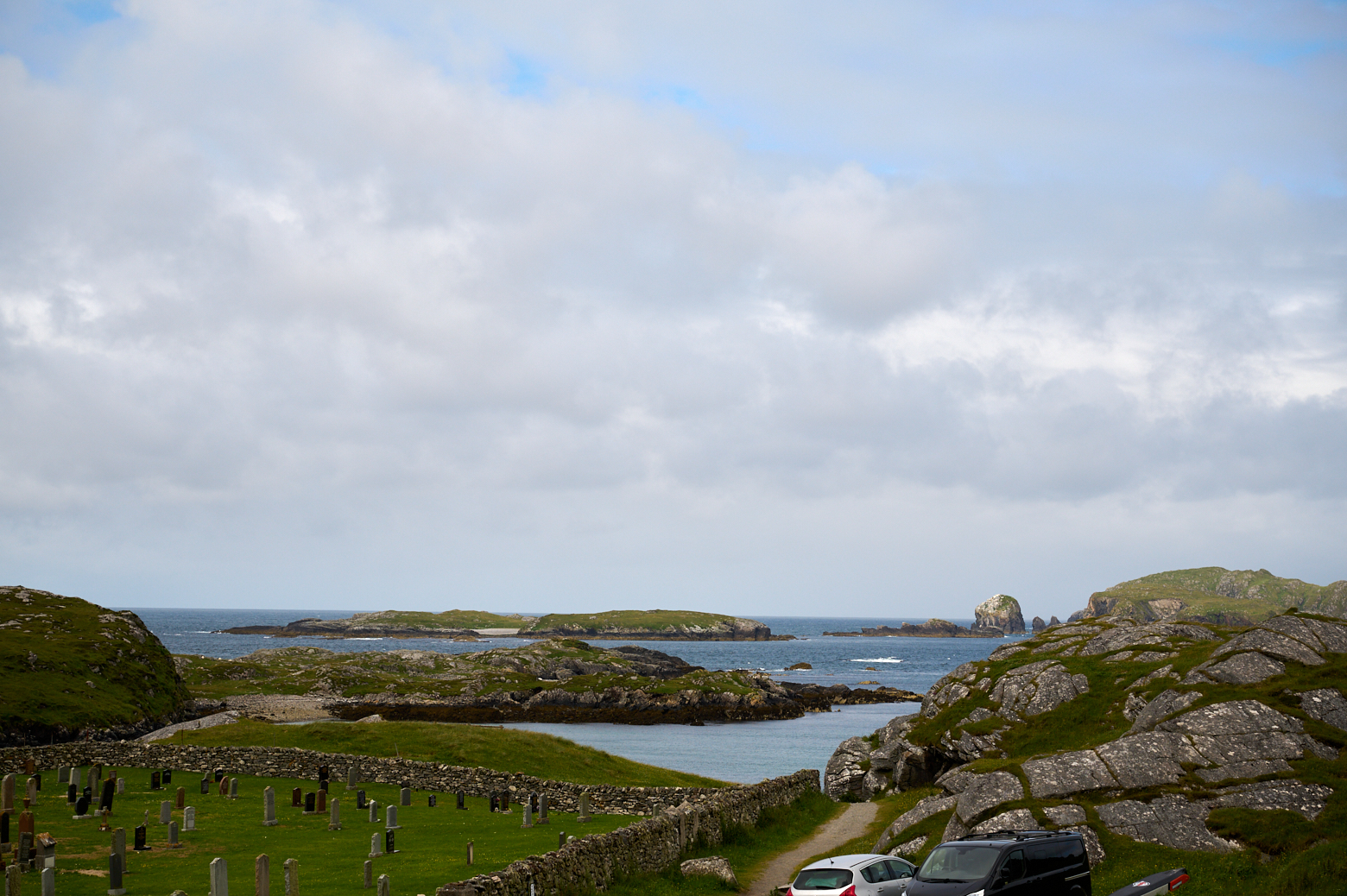
Bosta, Bostadh Beach, is at the north end of the island of Great Bernera in the Isle of Lewis. In 1993, a storm cut through the dunes, and following the storm, a series of stone structures were found to be projecting through the new dune surface.
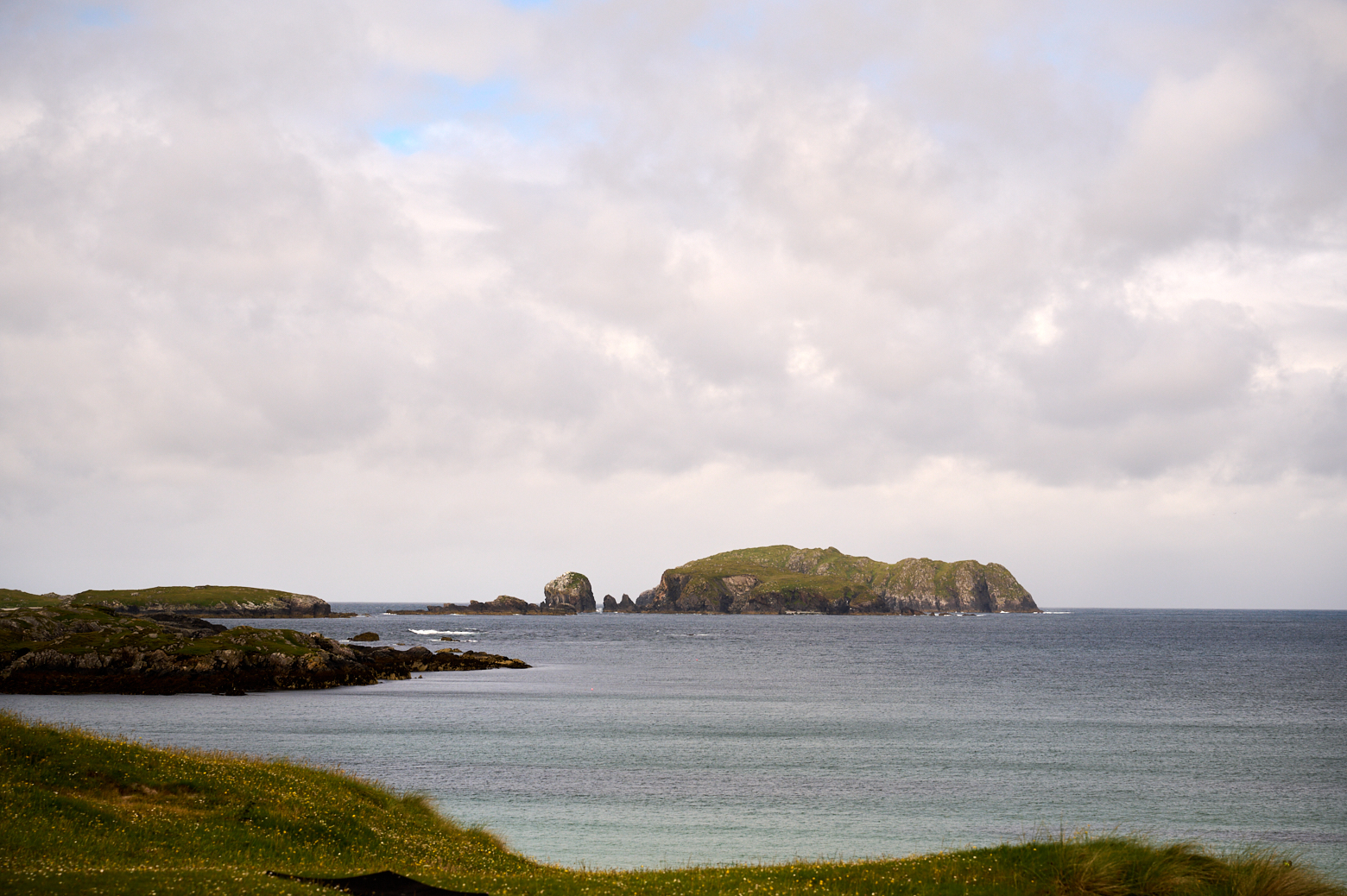
Archaeologists spent a total of 13 weeks at Bostadh during 1996. Evidence was found of Norse settlement here, but underneath the Norse levels a series of five Pictish jelly baby or figure of eight houses were found, in a remarkable state of preservation. (Undiscovered Scotland)
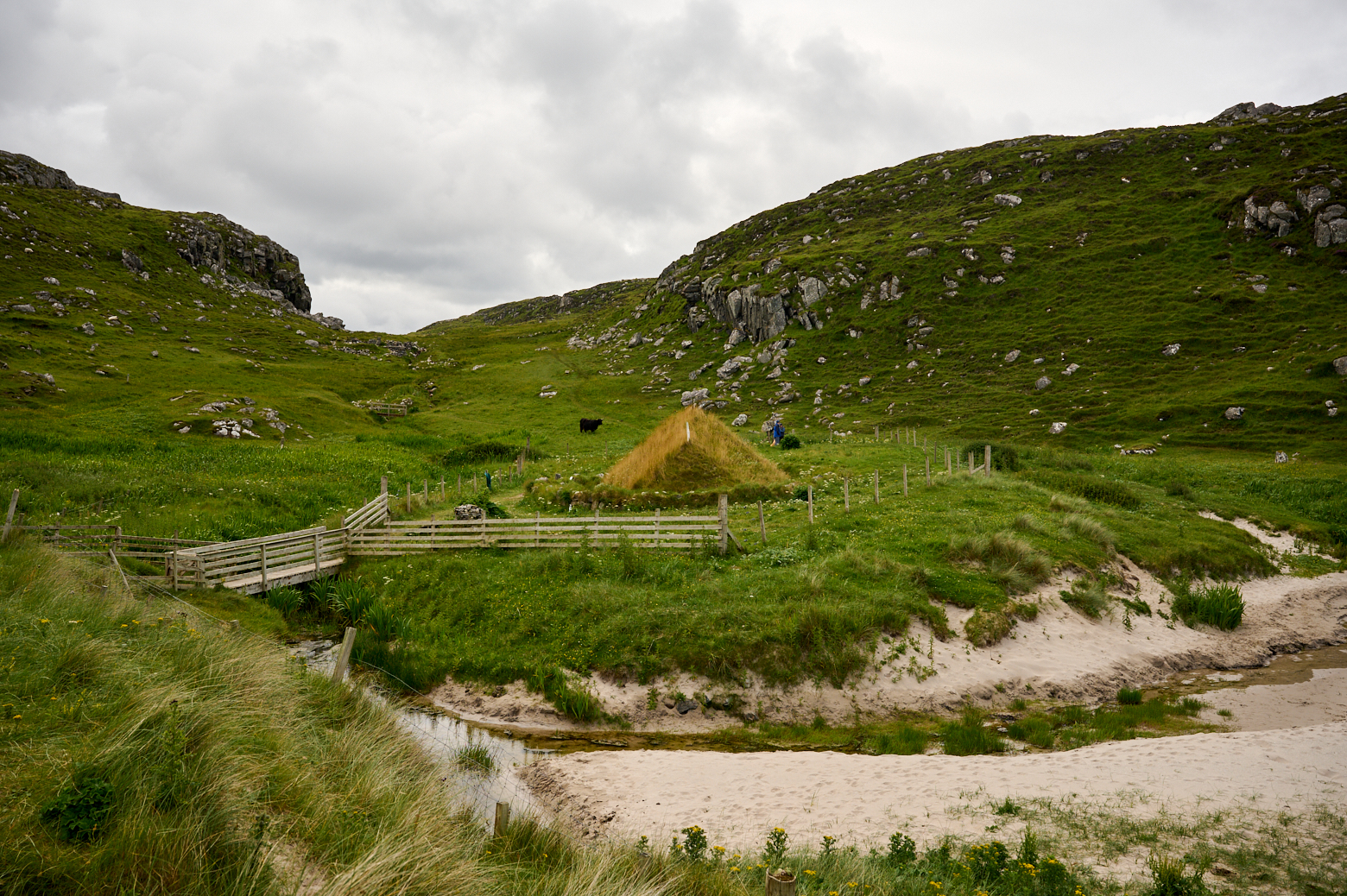
The names come from the shape of the houses: they are built like a vaguely circular blob, with a separate and smaller vaguely circular blob attached to one end of it, linked by an internal doorway.
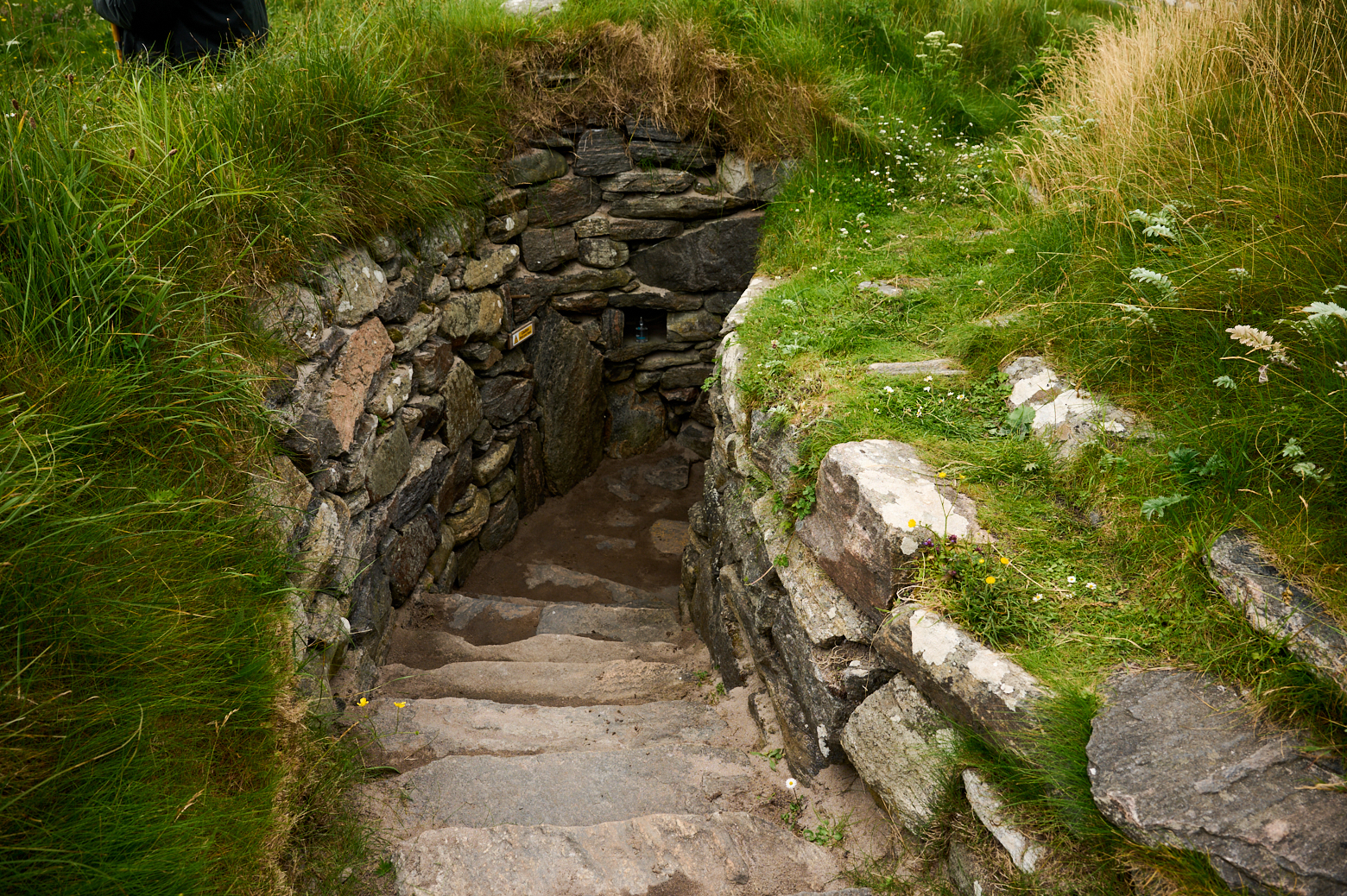
The houses had been built by excavating a floor level well below the surrounding sand, and building up a double layer of dry stone walling, with the gaps between the walls filled with turf, clay, sand and midden. The walls all stood to their full height and undisturbed floor deposits remained in the houses, beneath the preserving infill of sand. The houses were believed to date back to the second half of the first Millennium, ie the centuries after 500AD. (Undiscovered Scotland)
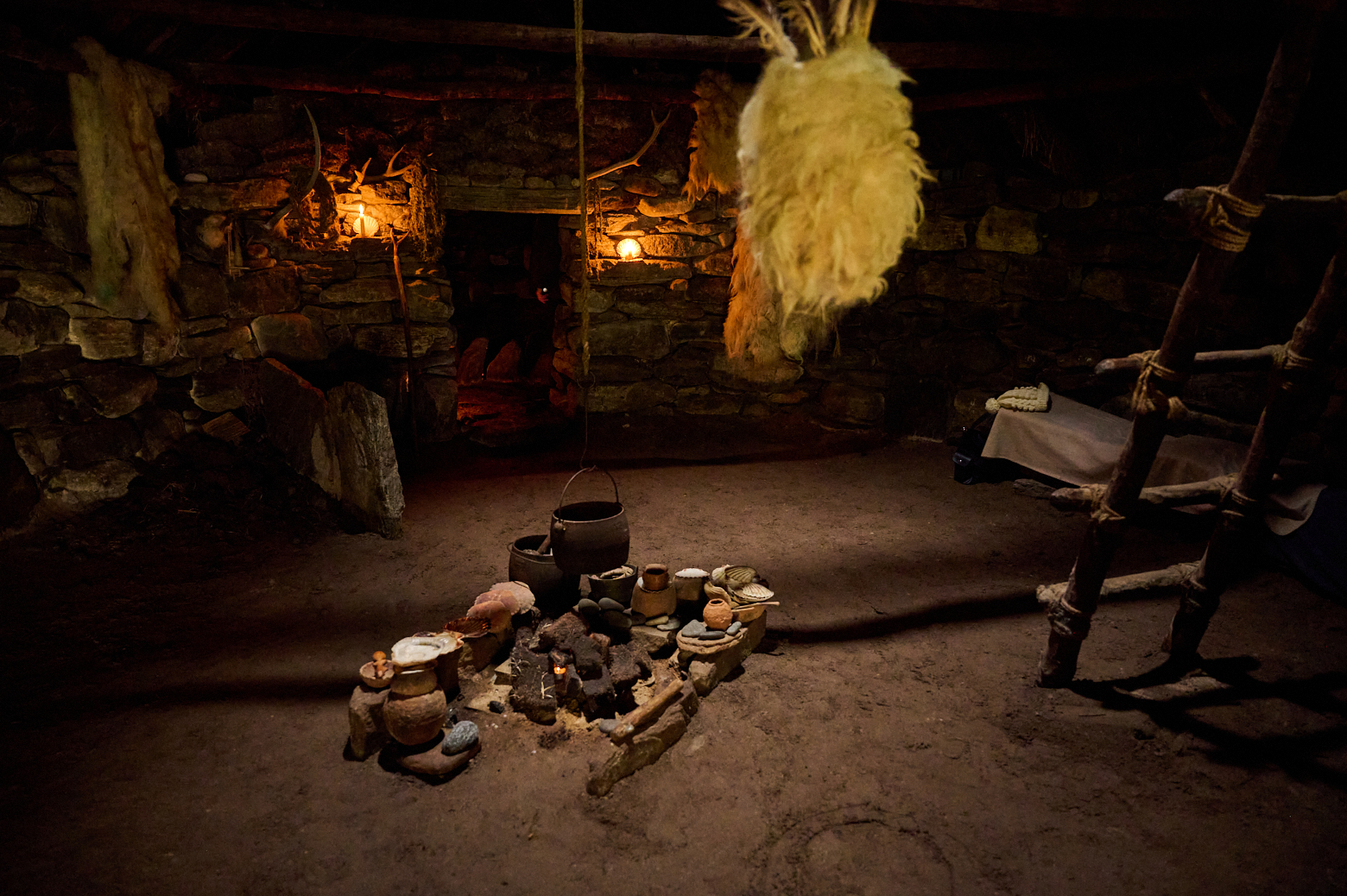
The excavated houses were covered with sand again and can barely be seen in the dunes. But we can get a glimpse of life in 500AD in a reconstruction of one of the houses. It was surprisingly warm inside and after a few minutes, the eyes got used to the little light that came in.
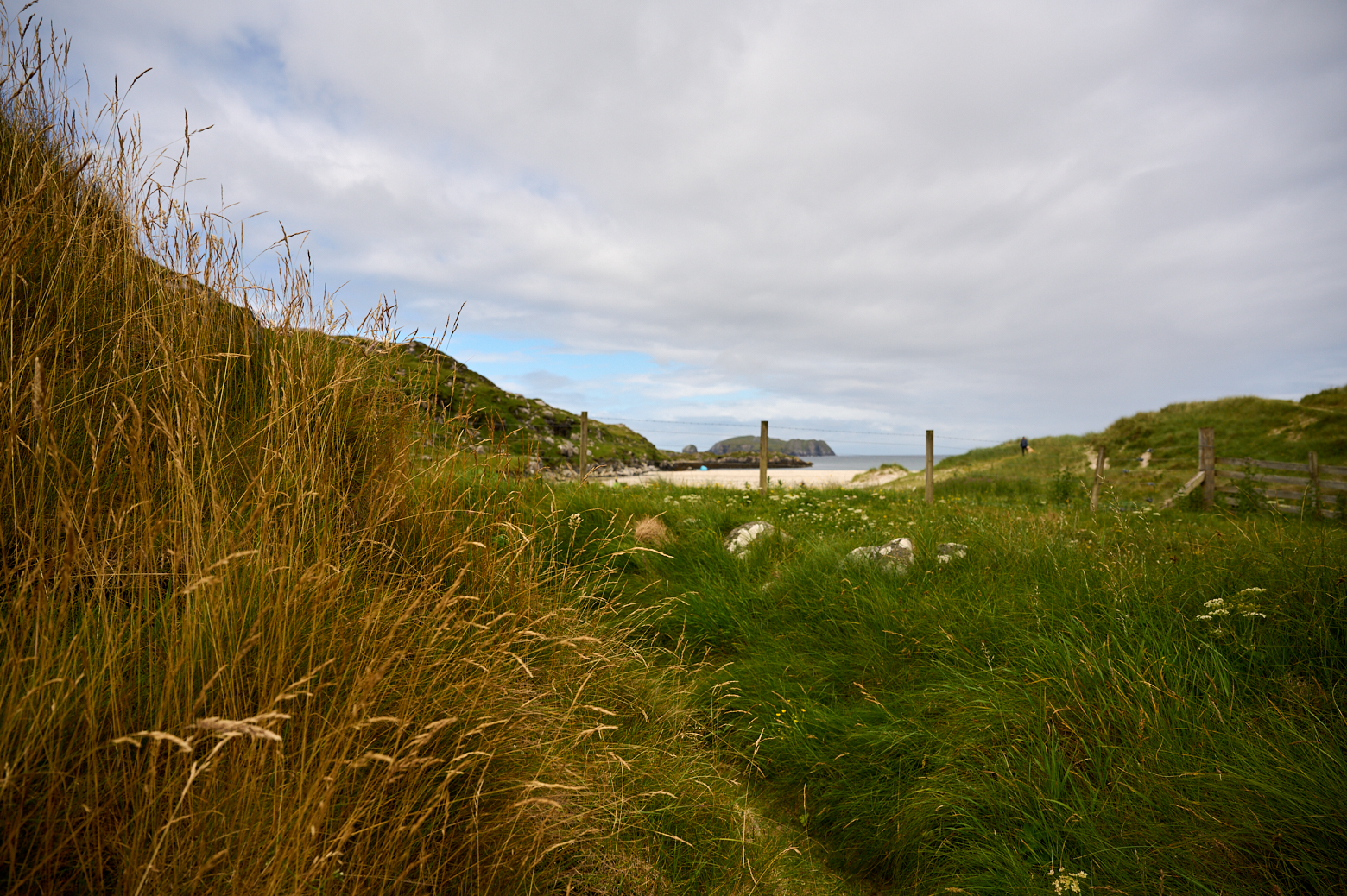
This reconstruction was built in 1998/99 in a part of the dunes free of any archaeological remains. There are similarities to the blackhouses still being built on Lewis at the end of the 1800s.
But the big question was how the roof was made.
The excavations in 1996 revealed nothing about the style of roofing used on the houses. A double conical approach was considered to the reconstruction (reflecting the figure of eight shape), but it was felt that this would cause water to flow in where the two partial cones met. So a single, double skinned structure was used instead. The original aim was to give the outer surface a turf covering: but the summer of 1998 was exceptionally wet and many of the turves cut for the purpose rotted before they cured. So the roof was thatched instead. (Undiscovered Scotland)
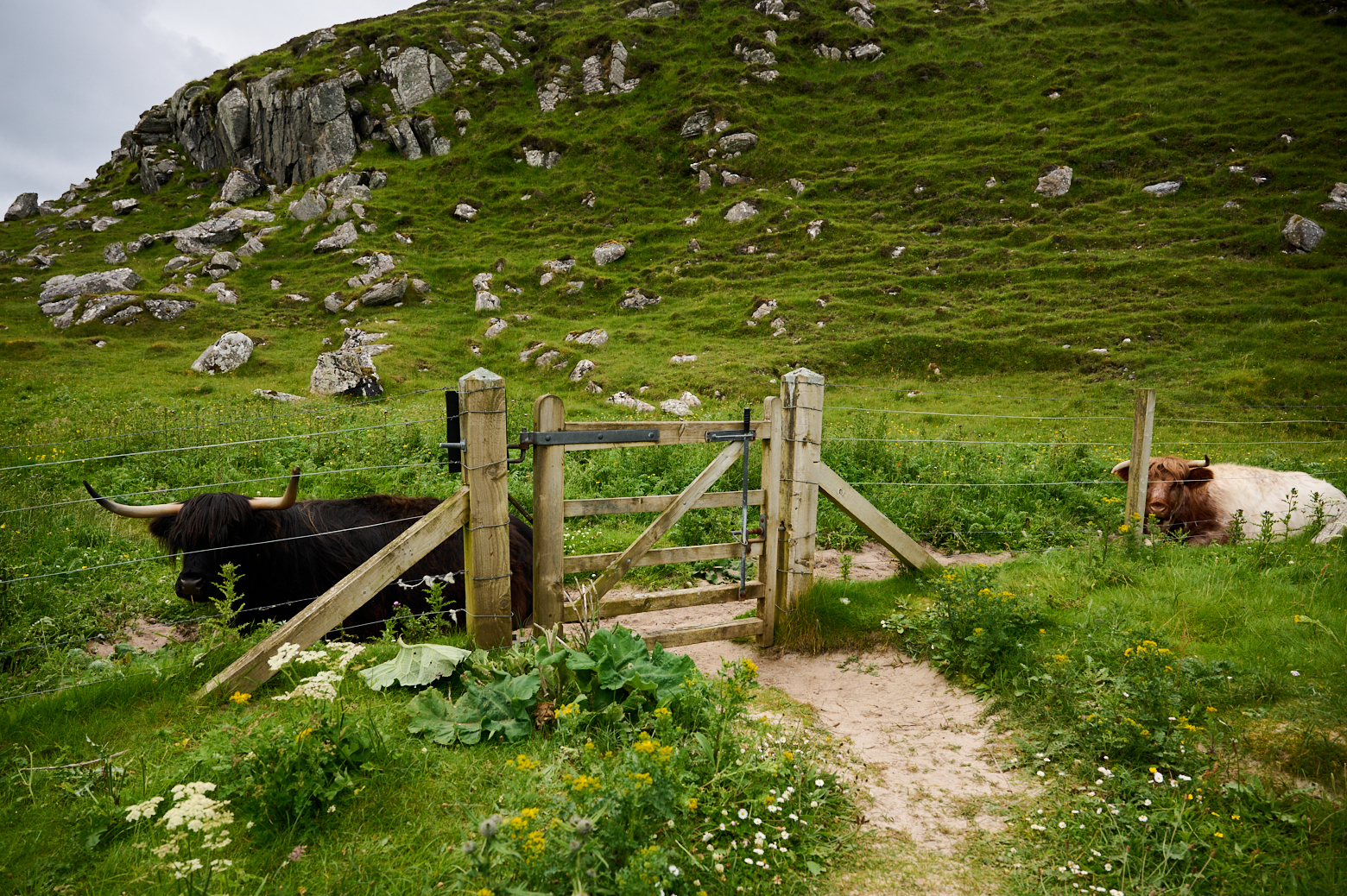
I think our guide also told us about changes to the roof and the house in the last 20 years. The house is open in the summer, and the guides noticed things that might make sense to change.
The house is also used for experimental archaeology and you will learn about some of the discoveries made during this research over the past 20 years. (Bernera Museum)

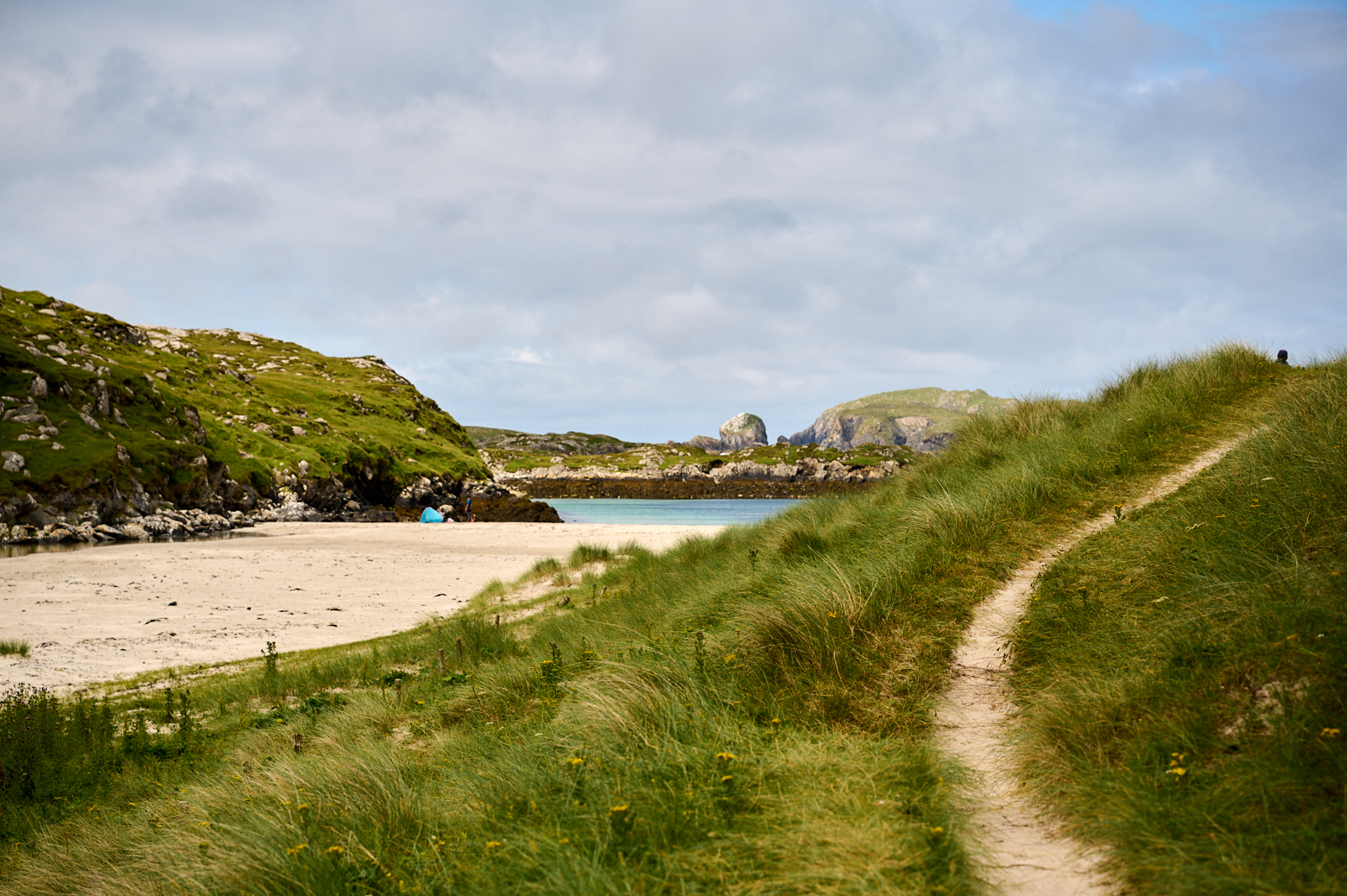
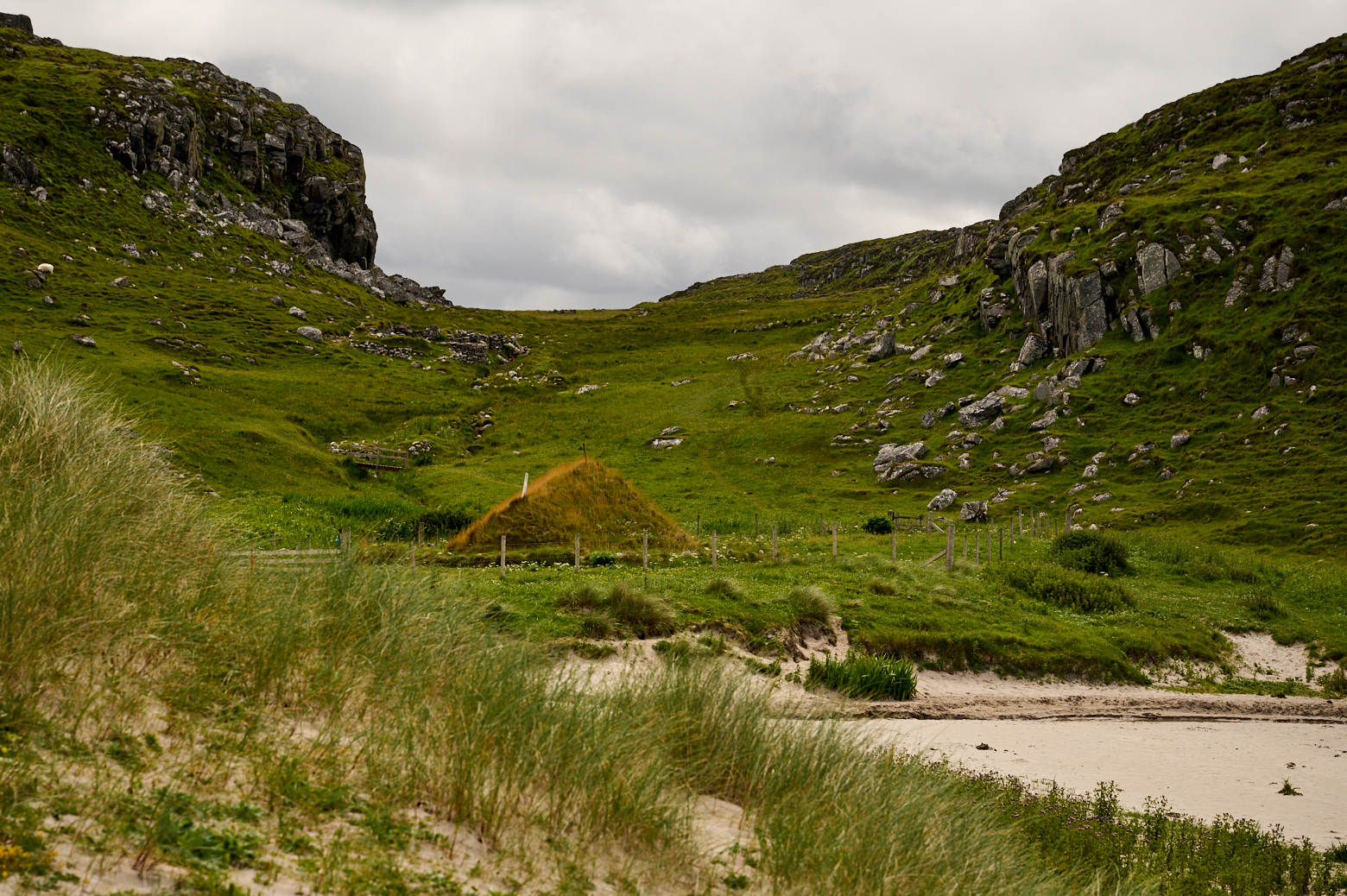
What a stunning spot for a settlement!
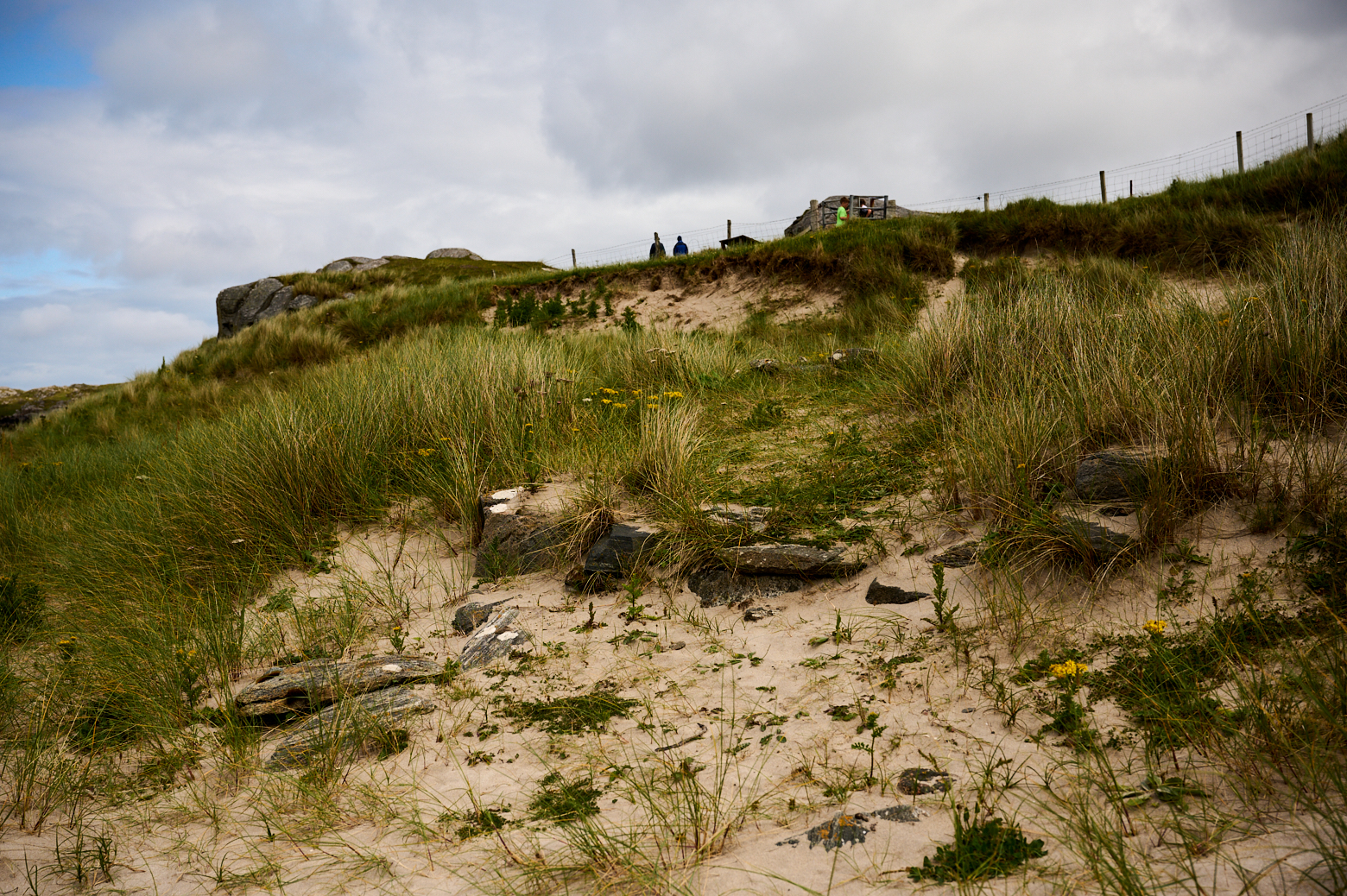
The dunes protect the excavated original houses.
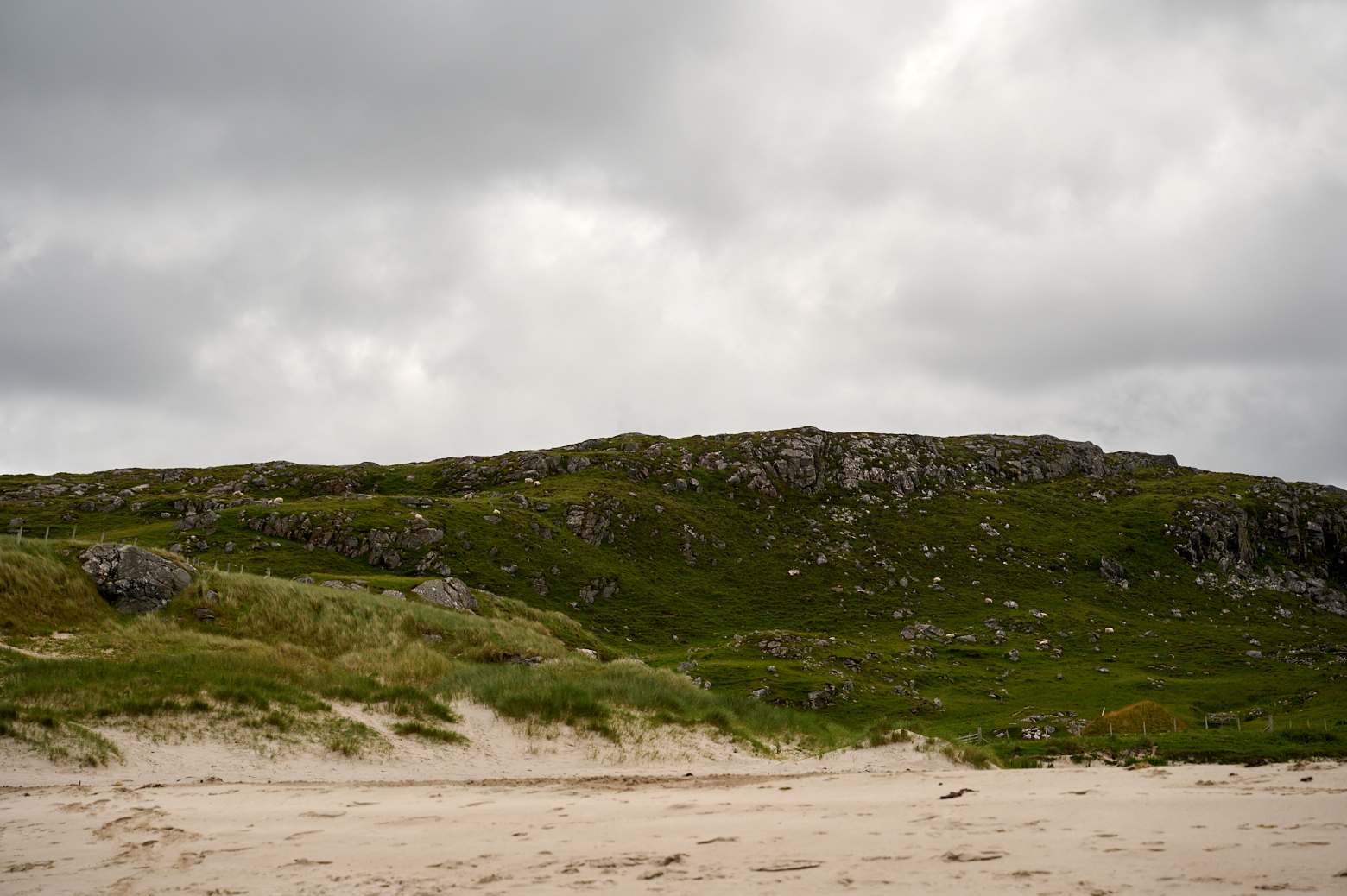
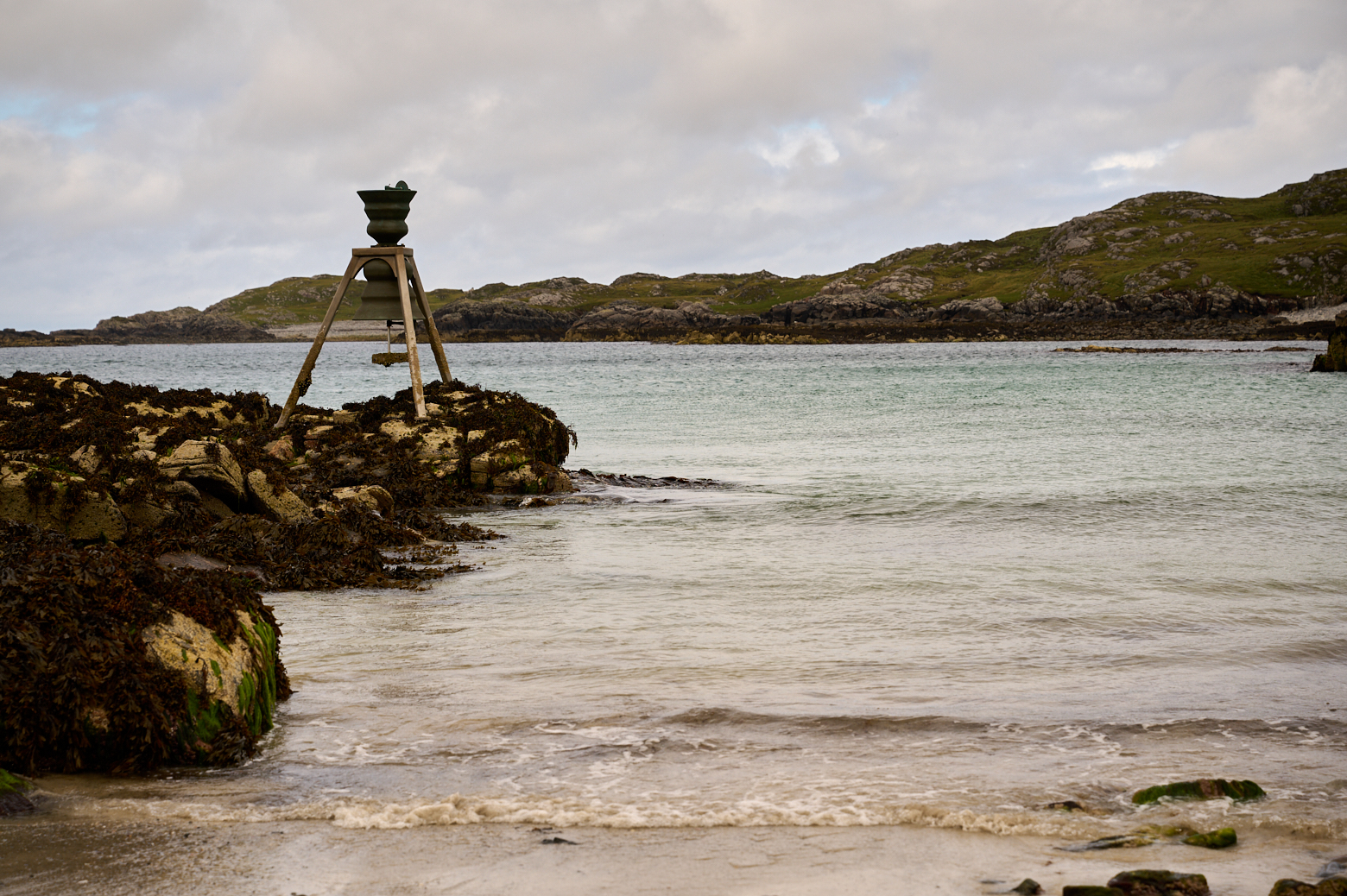
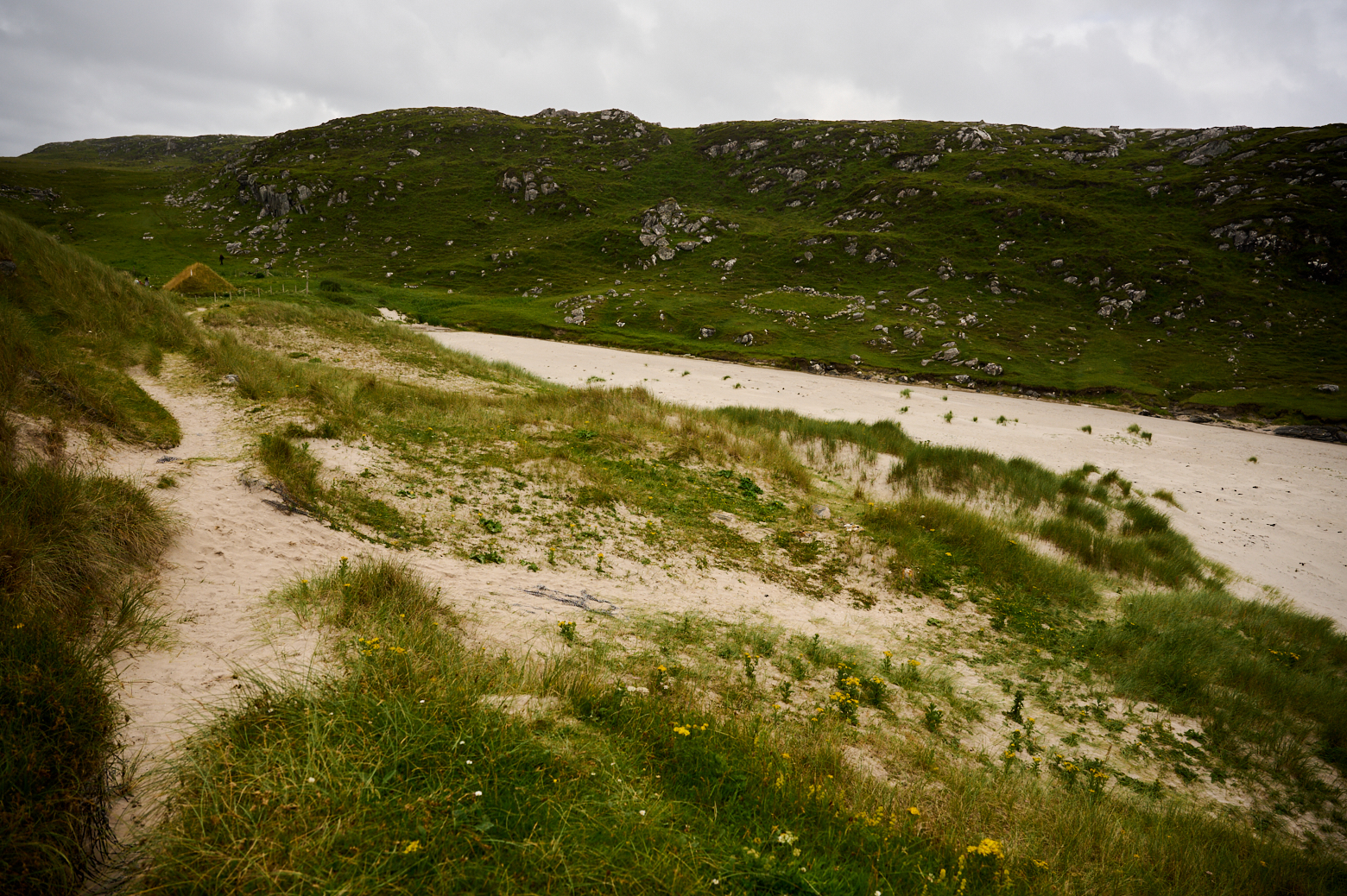
The house is open for visits from May to September.
Leave a Reply